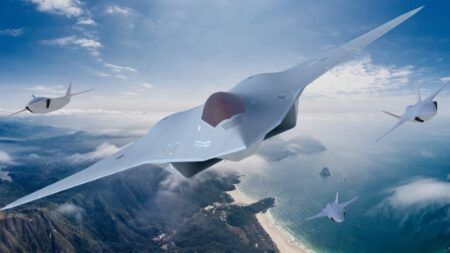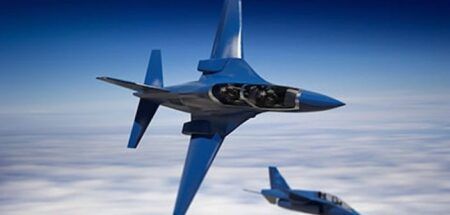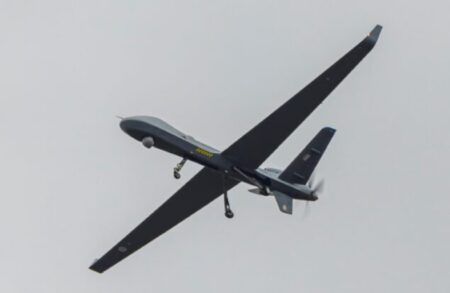QinetiQ has successfully flown the first two Rattler Supersonic Target drones at White Sands Missile Range.
The US defense firm is working with the US Department of Defense and the White Sands Missile Range High Energy Laser Systems Test Facility (HELSTF) as part of the High Energy Laser Measurement (HELM) Rattler program and a QinetiQ-funded R&D program.
The flights provided the first data for this variant of the uncrewed target. It also presented opportunities for the HELSTF Tracking Illuminating Laser System to acquire, track and queue from a supersonic target at a short slant range, aiding the program’s Rattler variant development, said QinetiQ.
Graham Ollis, managing director of threat representation at QinetiQ said, “This flight represents an important milestone in the Rattler transition to service project, and demonstrates our supersonic target capability in action for our US customer, as part of the HELM Rattler program, to meet the requirement for evolving threats.”
Owen Price, project manager target systems at QinetiQ said, “I am proud of the significant progress we’ve made with our development partners and customer in fielding this flight trial. We have been able to showcase QinetiQ’s technical and operational expertise and teamwork, launching the new Rattler ST MkI product and as part of developing the HELM Rattler test and evaluation target system for the war fighter, as requirements for more realistic, instrumented threat representation become ever more important.”
Rattler ST (supersonic target) is designed for threat replication, operational training and system evaluation. QinetiQ is customizing the platform to support the US Department of Defense’s HELM Rattler Program, integrating a third-party target board to measure high-energy laser characteristics in flight, at supersonic speeds. The US$10 million program started in February 2022 and is due to conclude later this year.





